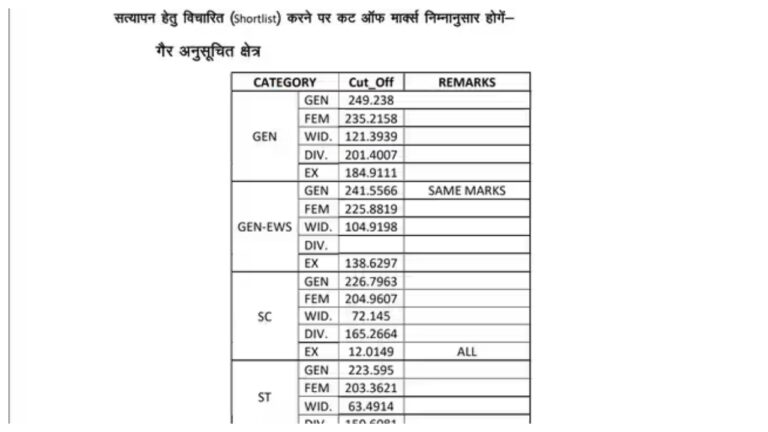The banking landscape in India has undergone significant transformations recently, particularly with the introduction of Small Finance Banks (SFBs). These banks were established to cater to low-income individuals, small business owners, and rural communities. The Reserve Bank of India (RBI) initiated the approval process for SFBs back in 2014, aiming to extend financial services to those who have been overlooked by conventional banks.
Small finance banks are crucial in offering loans to individuals, small businesses, and the agricultural sector at reasonable rates. They provide services like savings accounts, fixed deposits, and loans similar to regular banks, but their main goal is to support small customers and industries. Let’s dive into how these banks are set up and what sets them apart from larger banks.
How do you create a Small Finance Bank?
The RBI grants licenses to these banks, requiring a minimum capital of Rs 200 crore. Any organization, microfinance institution, or non-banking financial company (NBFC) can transition into a small finance bank if it meets RBI’s criteria.
These banks must allocate at least 75% of their loan portfolio to small businesses, farmers, and economically disadvantaged groups.
Additionally, they are required to invest 50% of their total deposits in small loans, capped at Rs 25 lakh.
What sets them apart from big banks?
Focus: Big banks cater to corporations and large clients, whereas small finance banks target small traders and rural folks.
Network: Big banks have a nationwide presence with branches everywhere, while small finance banks primarily serve smaller towns and villages.
Service range: Big banks provide a variety of services like foreign exchange and investment banking, but small finance banks mainly deal with savings accounts, loans, and deposits.
Loan policy: Small finance banks prioritize small loans (micro loans), while big banks are more about large business and home loans.










